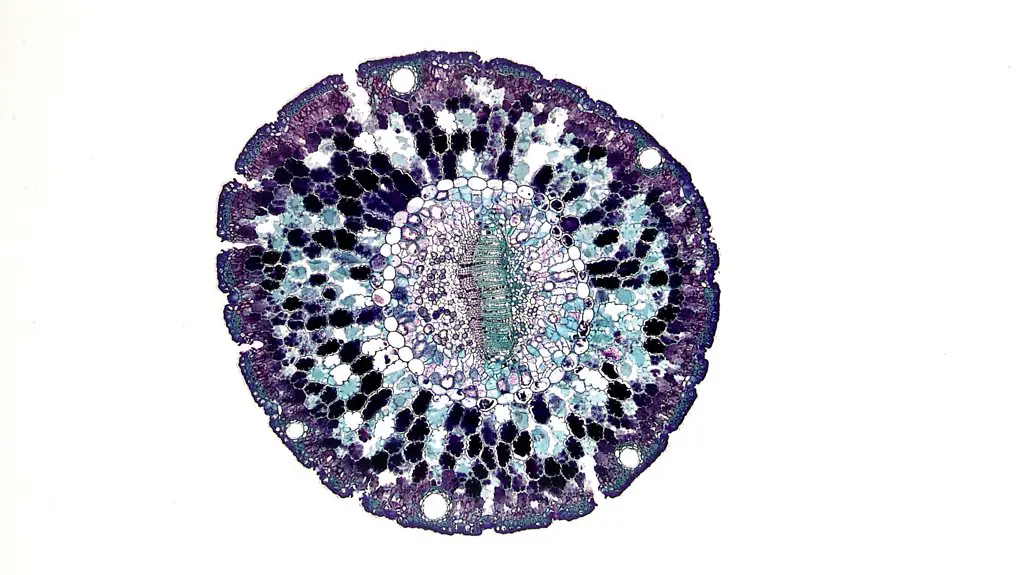When you compare acidic and basic dyes in lab staining, remember they differ in charge and target structures. Basic dyes carry a positive charge, staining negatively charged cell nuclei and nucleic acids vibrantly. Acidic dyes, negatively charged, highlight positively charged cytoplasmic proteins and extracellular matrix. Each type has pros and cons—basic dyes give strong contrast but risk background staining, while acidic dyes provide excellent extracellular detail but weaker nucleic acid staining. Exploring their uses helps you select the best dye for your experiment.
Table of Contents
Key Takeaways
- Basic dyes are positively charged and bind to negatively charged structures like nucleic acids for vibrant nuclear staining.
- Acidic dyes carry a negative charge and stain positively charged elements such as cytoplasmic proteins and extracellular matrix components.
- Basic dyes are commonly used to highlight cell nuclei and bacterial shapes, while acidic dyes stain cytoplasm and background structures.
- Basic dyes provide strong nuclear contrast but may cause background staining if misused; acidic dyes offer excellent extracellular contrast but weaker nucleic acid staining.
- Selecting dyes depends on target charge, solubility, staining intensity, fixation compatibility, and the need for counterstaining multiple structures.
Chemical Properties of Acidic and Basic Dyes
Although acidic and basic dyes serve different purposes, their chemical properties determine how they interact with materials.
You’ll notice that acidic dyes carry a negative charge, making them attracted to positively charged structures. Basic dyes, on the other hand, have a positive charge, so they’re drawn to negatively charged components.
Understanding these charges helps you predict which dye will bind to which part of a specimen. Acidic dyes often stain extracellular elements or cytoplasmic components, while basic dyes are commonly used to highlight nuclei and other negatively charged cell parts.
Mechanisms of Staining With Acidic and Basic Dyes
Knowing how acidic and basic dyes carry opposite charges helps explain how they bind to different structures in a specimen. When you use basic dyes, which have a positive charge, they attract negatively charged components like nucleic acids and certain proteins. This electrostatic interaction causes these structures to take up the dye, making them visible under a microscope.
Conversely, acidic dyes carry a negative charge, so they bind to positively charged elements such as cytoplasmic proteins and extracellular matrix components. You’ll notice that acidic dyes often stain the background or cytoplasm, providing contrast to structures stained by basic dyes.
Understanding these mechanisms enables you to select the appropriate dye based on the cellular components you want to highlight during staining procedures.
Common Applications in Histology and Microbiology
When you apply acidic and basic dyes in histology and microbiology, each serves distinct purposes based on their staining properties. Basic dyes, like methylene blue, target acidic cell components such as nuclei, making them ideal for highlighting cell structures. Acidic dyes, like eosin, stain basic elements like cytoplasm and extracellular matrix, providing contrast. In microbiology, basic dyes help identify bacterial shapes, while acidic dyes stain capsules or background.
| Dye Type | Target Structures | Common Use |
|---|---|---|
| Basic Dye | Nucleic acids, bacteria | Cell nuclei, bacterial shape |
| Acidic Dye | Cytoplasm, extracellular | Cytoplasm, connective tissue |
| Basic Dye | Negative bacteria | Bacterial morphology |
| Acidic Dye | Capsules, background | Capsule staining, contrast |
This helps you choose the right dye for your staining needs.
Advantages and Limitations of Each Dye Type
Understanding how acidic and basic dyes interact with different cell components helps you appreciate their strengths and weaknesses.
Basic dyes, being positively charged, bind well to negatively charged structures like nucleic acids and cell membranes, giving you vibrant, clear staining of nuclei and cytoplasm. However, they may cause background staining if not used carefully.
Acidic dyes, which carry a negative charge, target positively charged components such as cytoplasmic proteins, providing excellent contrast in extracellular matrices and connective tissues. Yet, they often produce weaker staining in nucleic acids and may fade faster.
Both dye types have limitations: basic dyes can sometimes mask subtle details due to strong staining, and acidic dyes mightn’t highlight all structures equally. Knowing these pros and cons helps you choose the right dye for your specific lab needs.
Tips for Selecting the Appropriate Dye for Your Experiment
Because each dye type interacts differently with cellular components, you should consider the specific structures you want to highlight before selecting a dye.
Identify whether your target is acidic or basic to choose a dye that binds effectively—basic dyes stain acidic structures like nuclei, while acidic dyes highlight basic components such as cytoplasm.
Choose dyes based on target acidity: basic dyes stain nuclei, acidic dyes highlight cytoplasm.
Also, consider the dye’s solubility and staining intensity to guarantee clear visualization without background noise.
Think about compatibility with your fixation and mounting methods, as some dyes work better with certain protocols.
If you need to differentiate multiple structures, plan for counterstaining with complementary dyes.
Finally, review any safety and disposal guidelines for the dyes you select.
These steps will help you pick the most suitable dye for reliable, reproducible results in your experiment.
Frequently Asked Questions
Are Acidic and Basic Dyes Safe for Human Handling Without Protective Equipment?
Handling dyes without protection is like playing with fire—you shouldn’t. You’ll find acidic and basic dyes can irritate your skin or eyes, so always wear gloves and goggles to keep yourself safe and stain-free.
Can Acidic and Basic Dyes Be Used Interchangeably in Clinical Diagnostics?
You can’t use acidic and basic dyes interchangeably in clinical diagnostics because they bind differently to cell components. Each dye targets specific structures, so choosing the right one guarantees accurate staining and reliable results.
What Is the Environmental Impact of Disposing Acidic and Basic Dyes?
You might not realize it, but disposing of dyes can harm ecosystems. Both acidic and basic dyes contain chemicals that pollute water and soil, so you should handle and dispose of them carefully to protect the environment.
How Long Do Stained Samples Maintain Color Stability for Archival Purposes?
You’ll find stained samples usually maintain color stability for months to years, depending on storage conditions. Keep them away from light, heat, and moisture to preserve colors longer, ensuring your archival work stays vibrant and reliable.
Are There Any Cost Differences Between Acidic and Basic Dyes for Routine Use?
You know what they say, “you get what you pay for.” Acidic dyes are usually cheaper, but basic dyes often provide better staining quality. So, you’ll balance cost with effectiveness when choosing for routine use.
- How to Tie-Dye With Avocado Pits for a Natural Pink - July 13, 2025
- How to Tie-Dye With Turmeric for a Natural Yellow - July 13, 2025
- What Is Bandhani? Exploring Indian Tie-Dye Traditions - July 13, 2025







